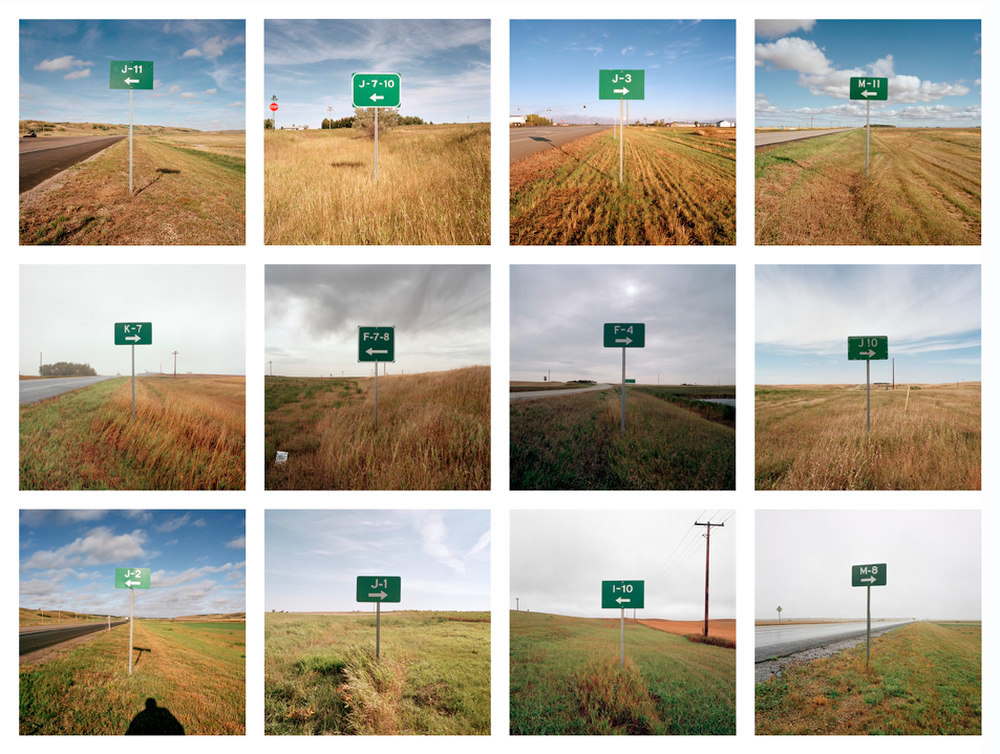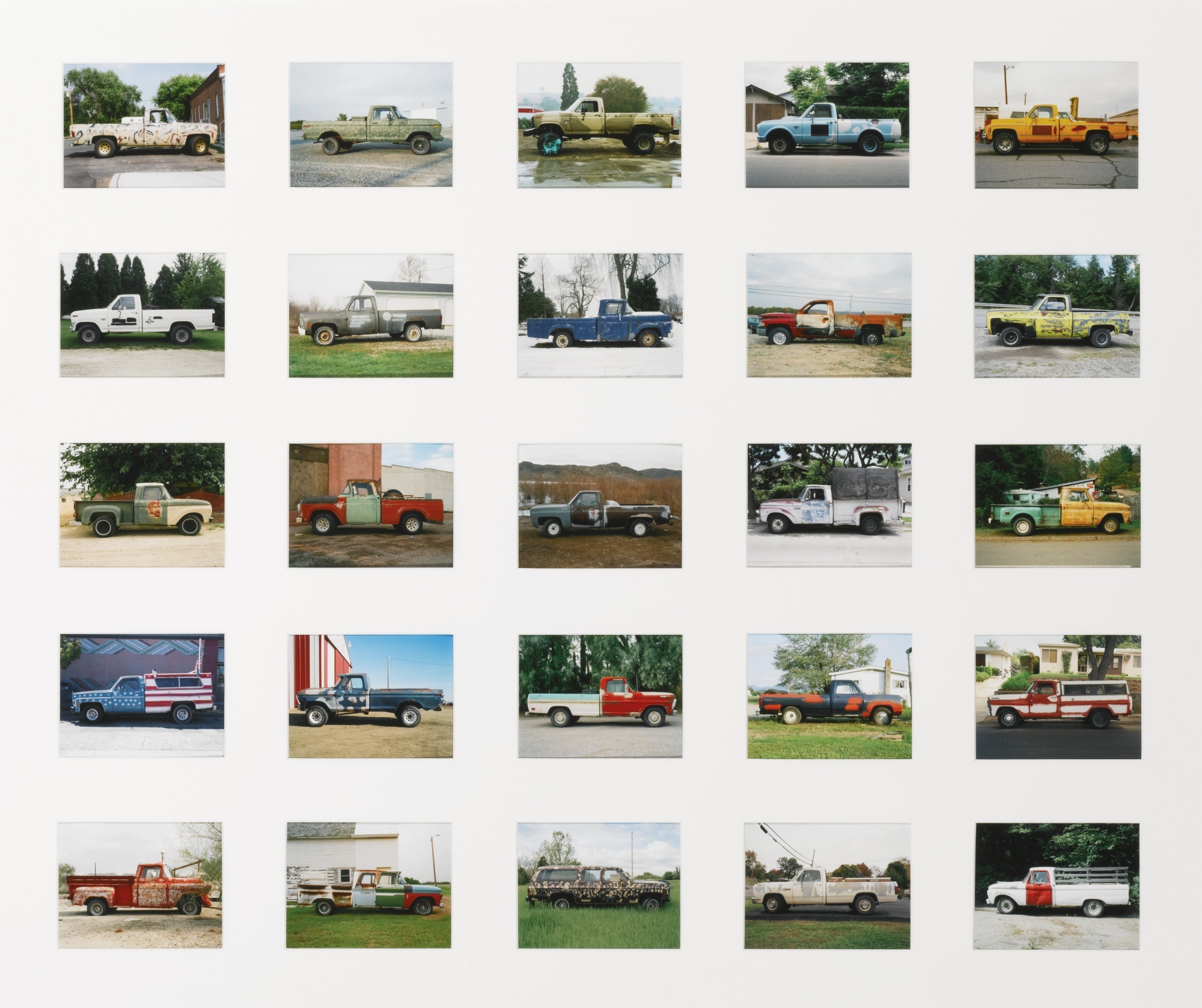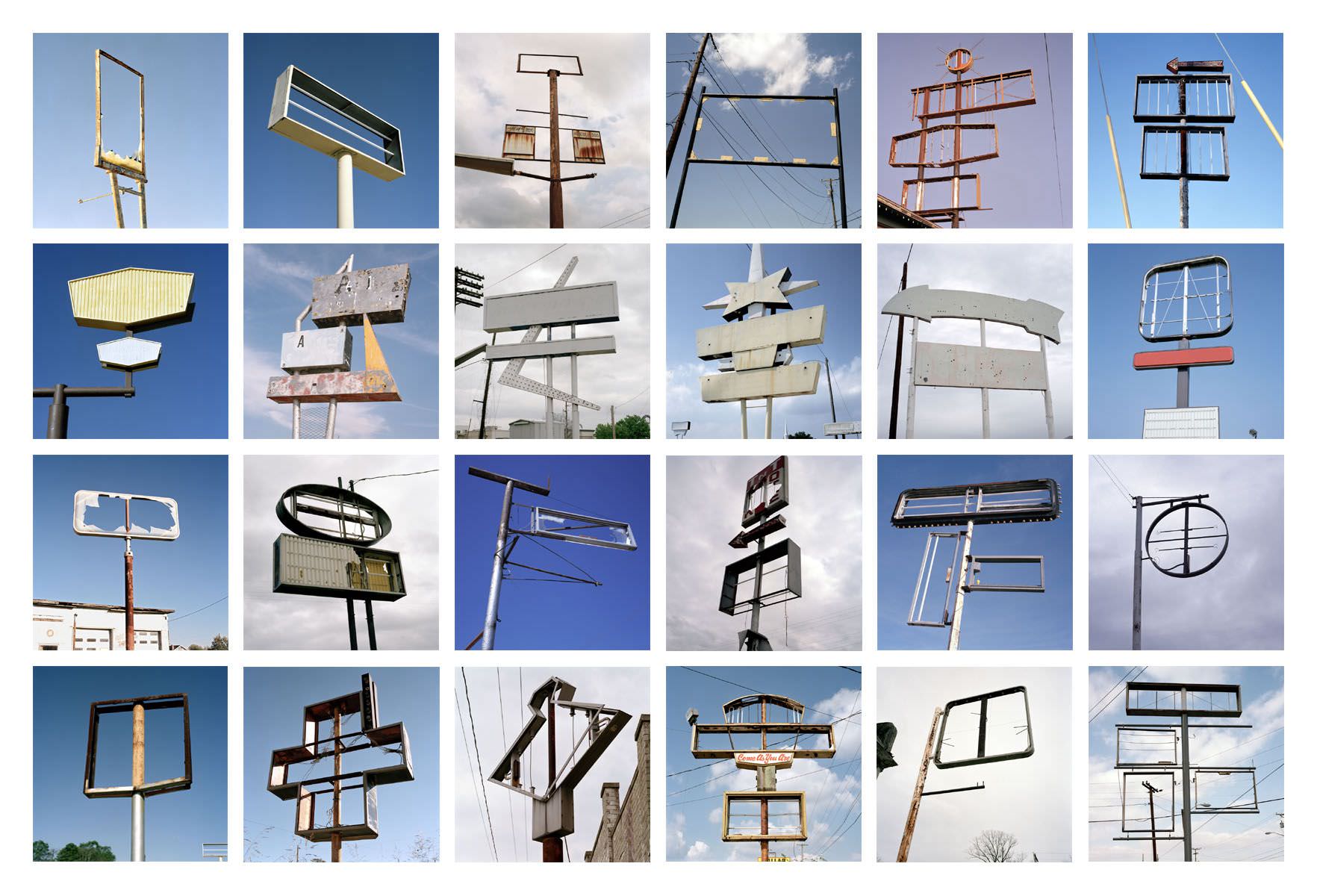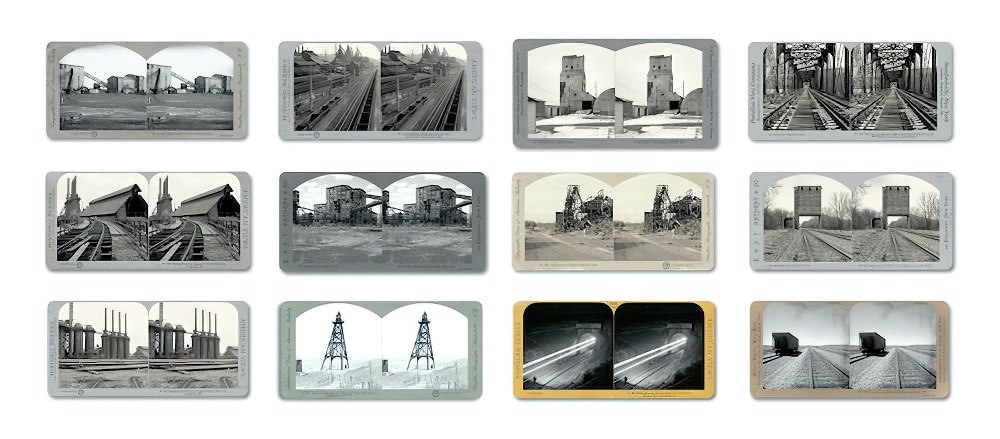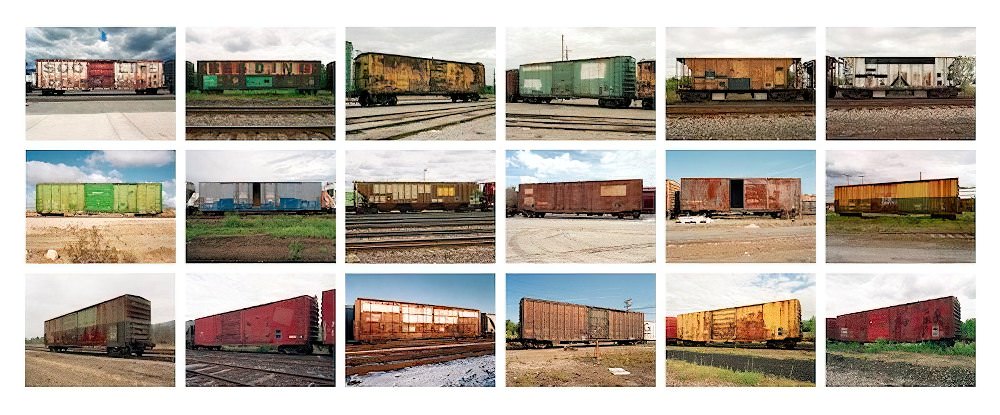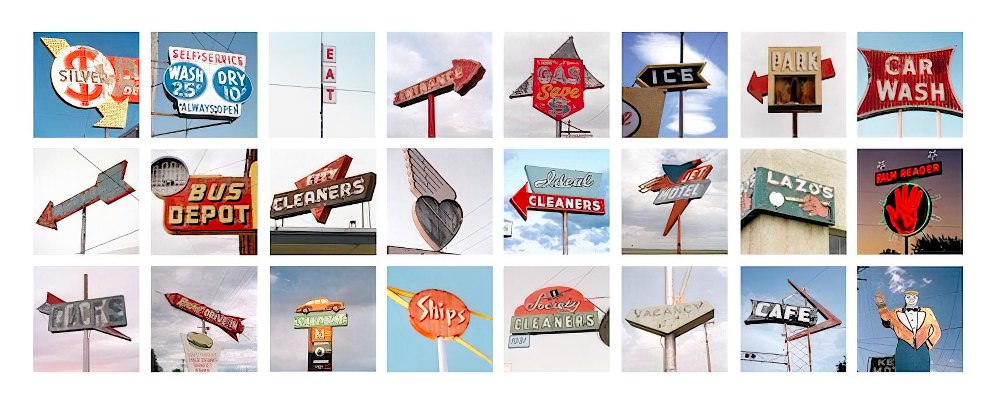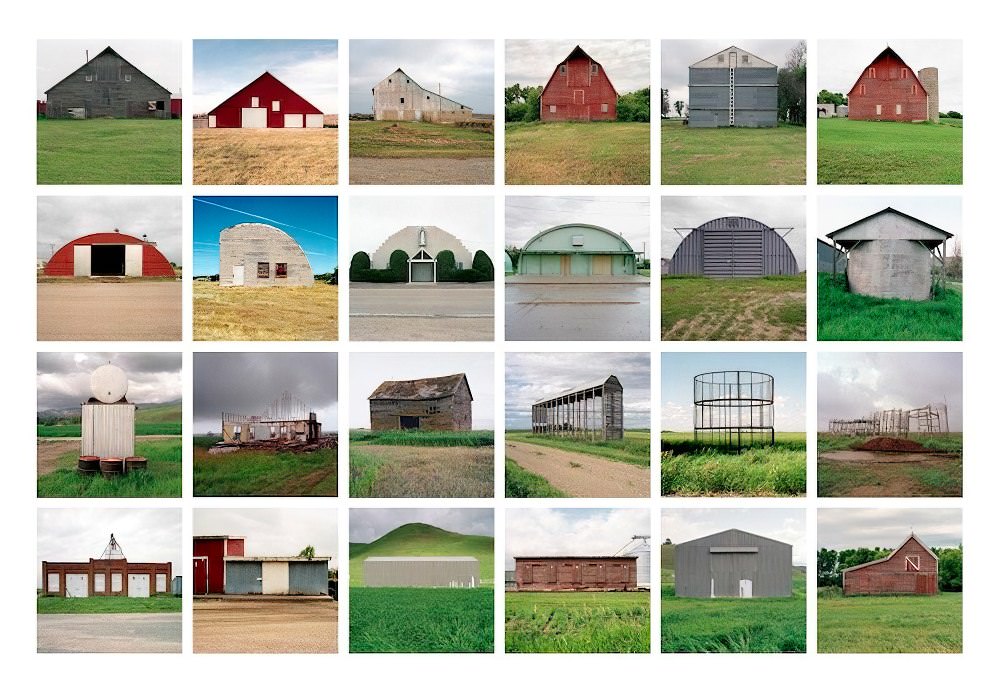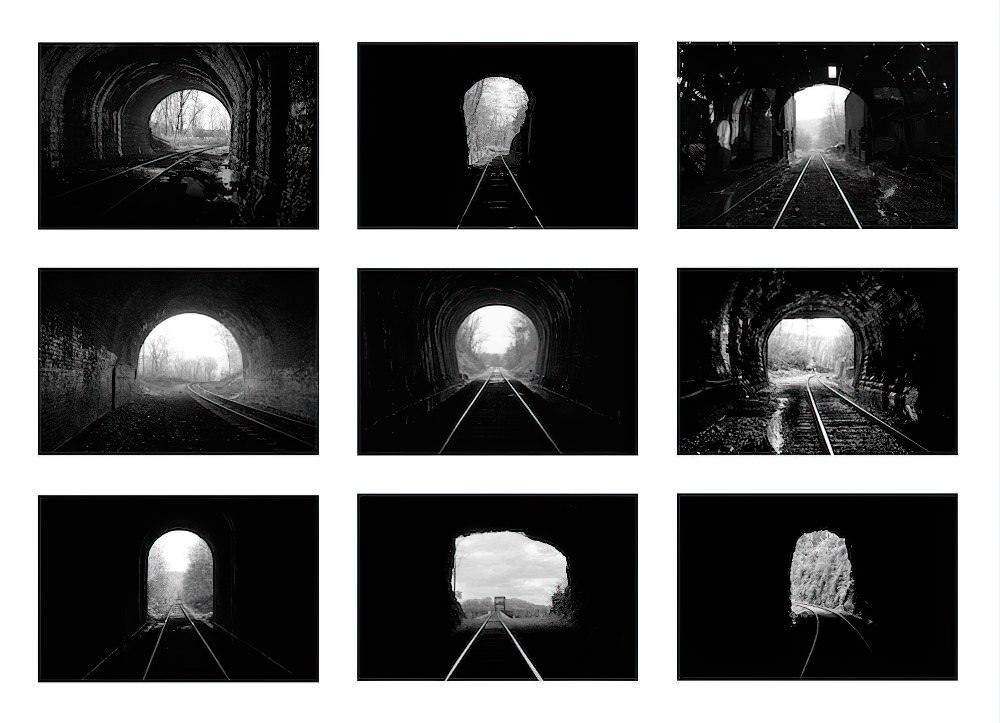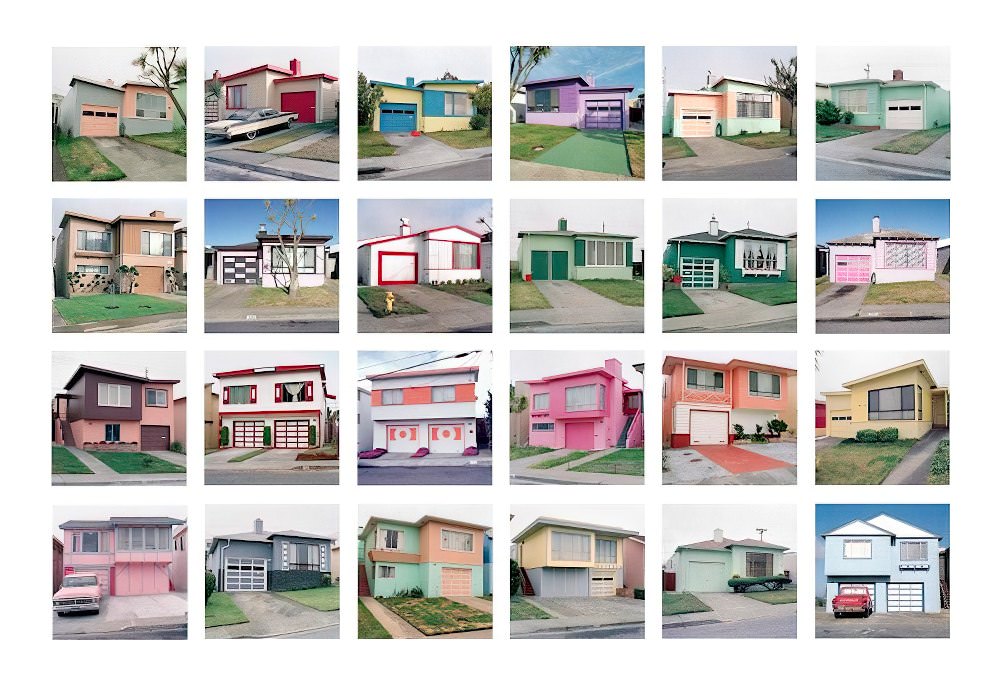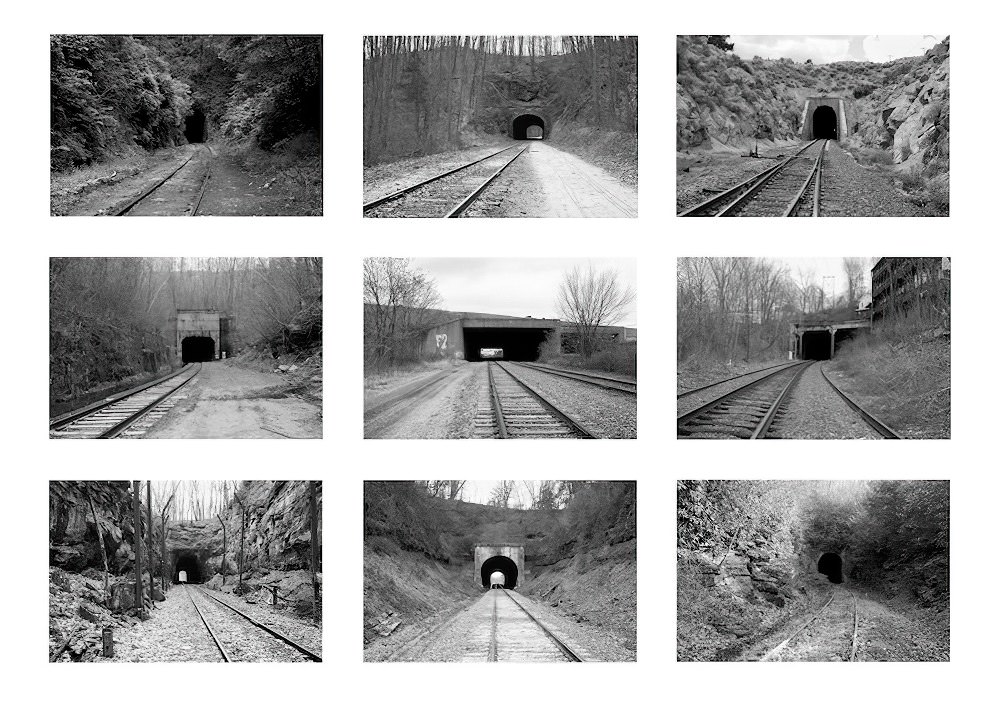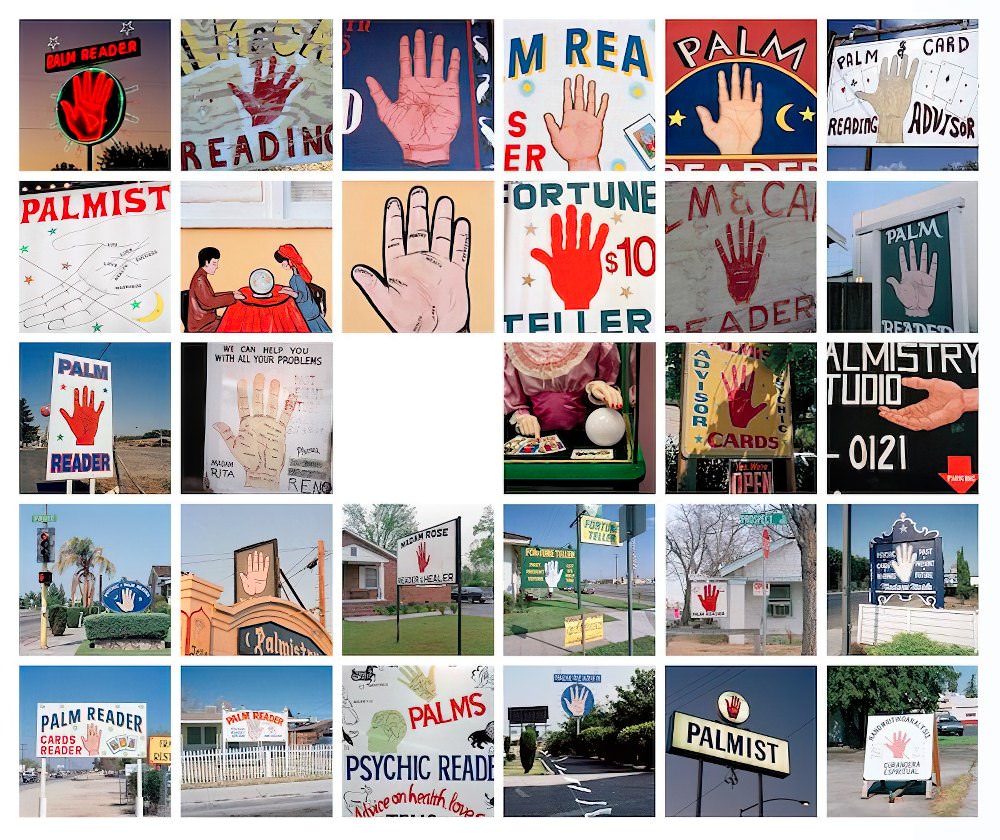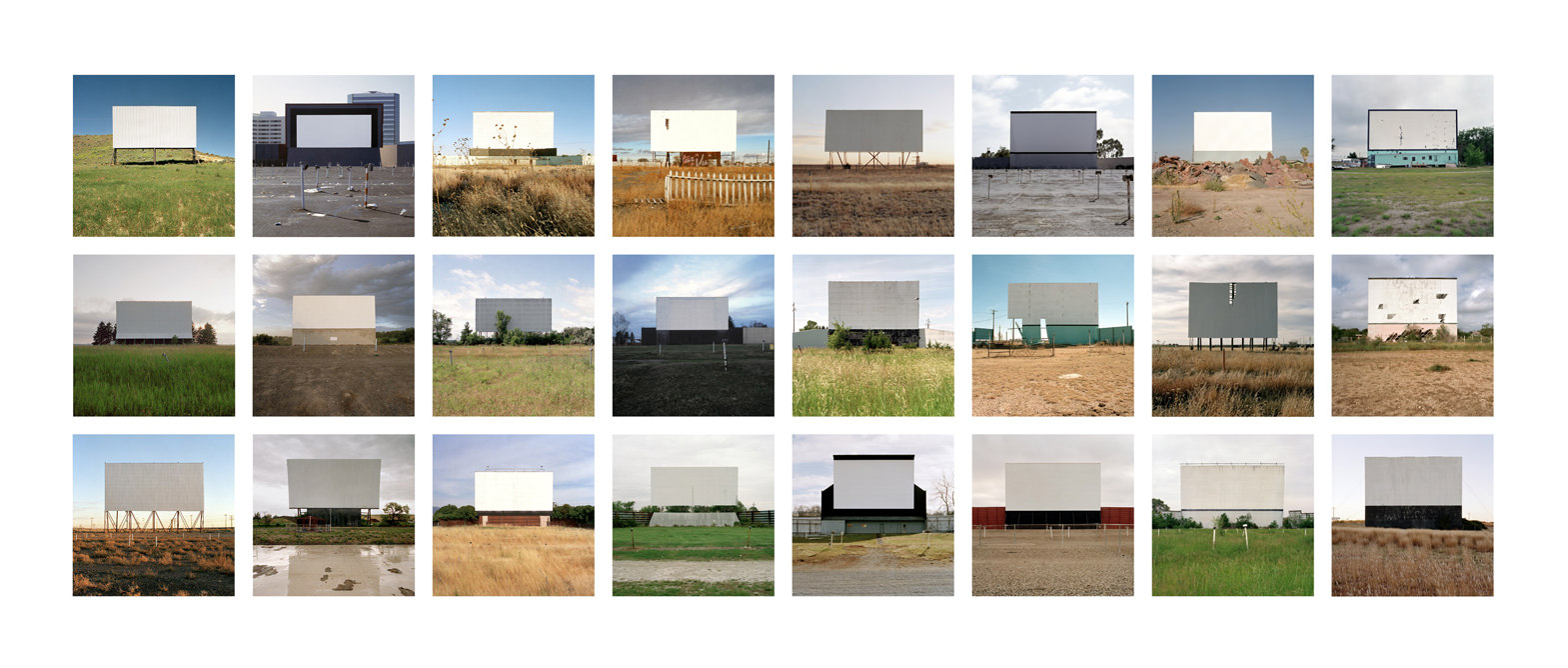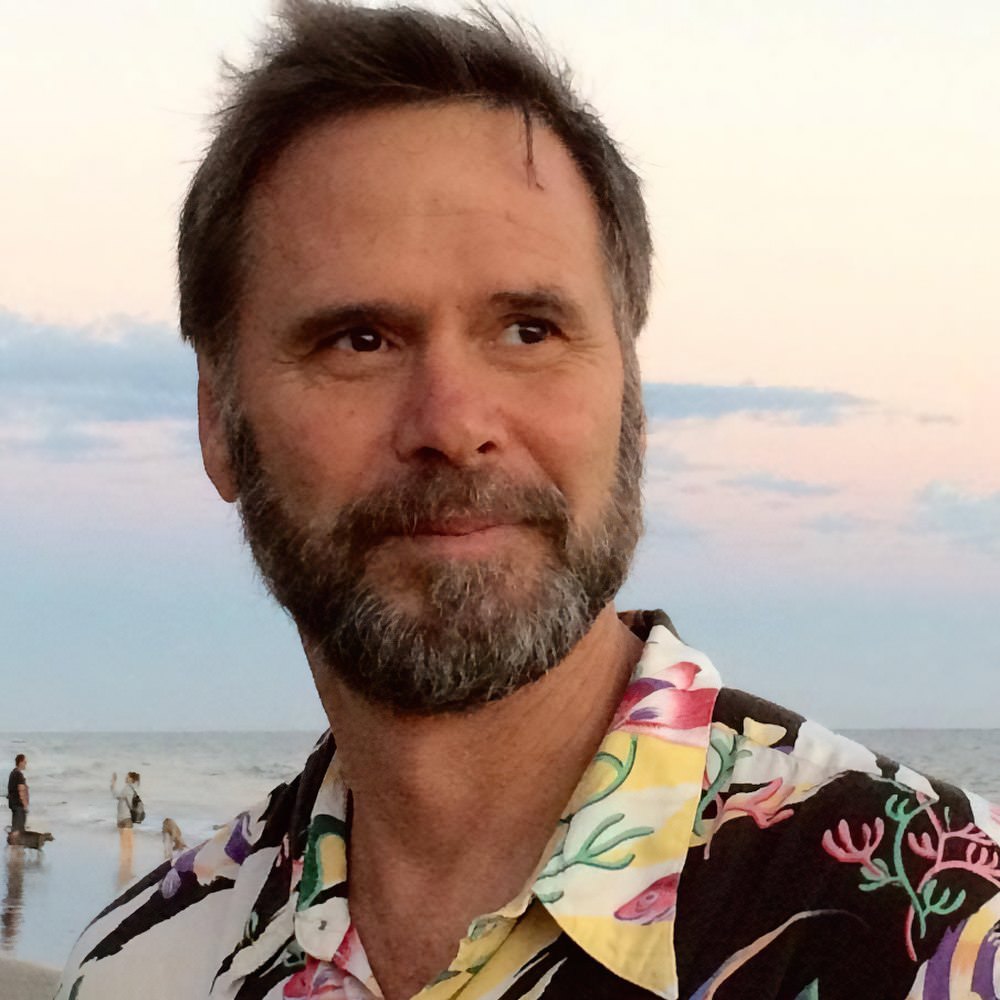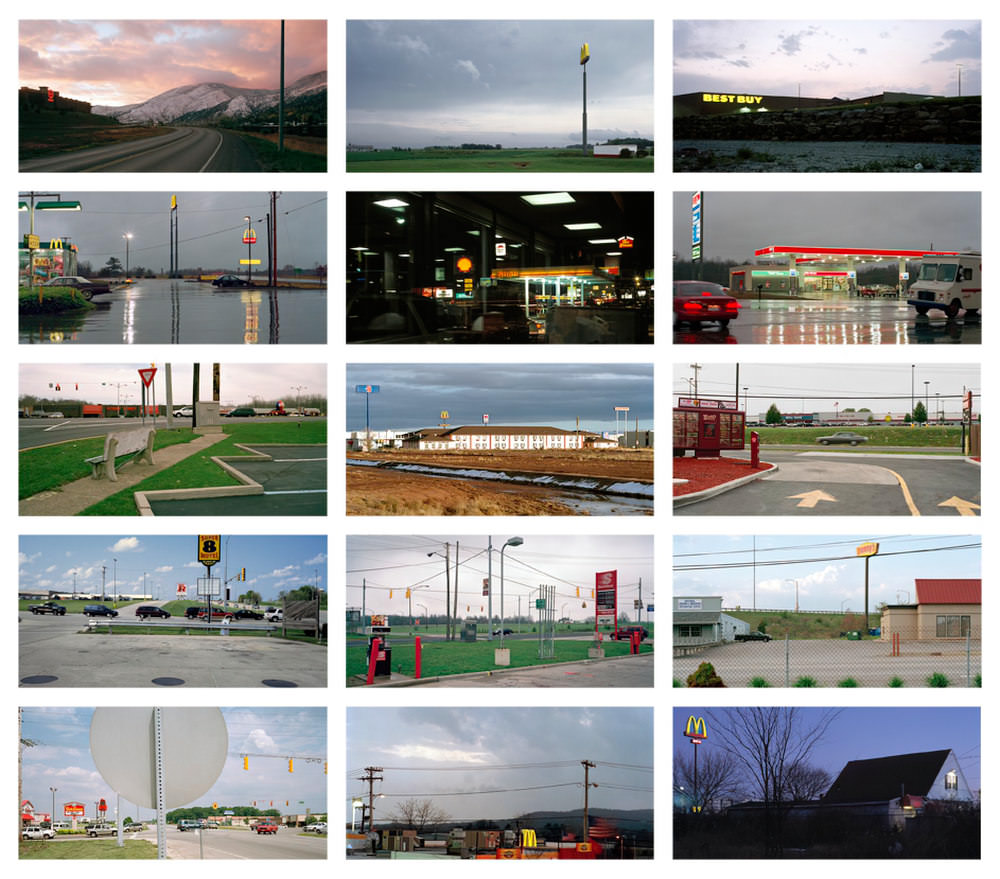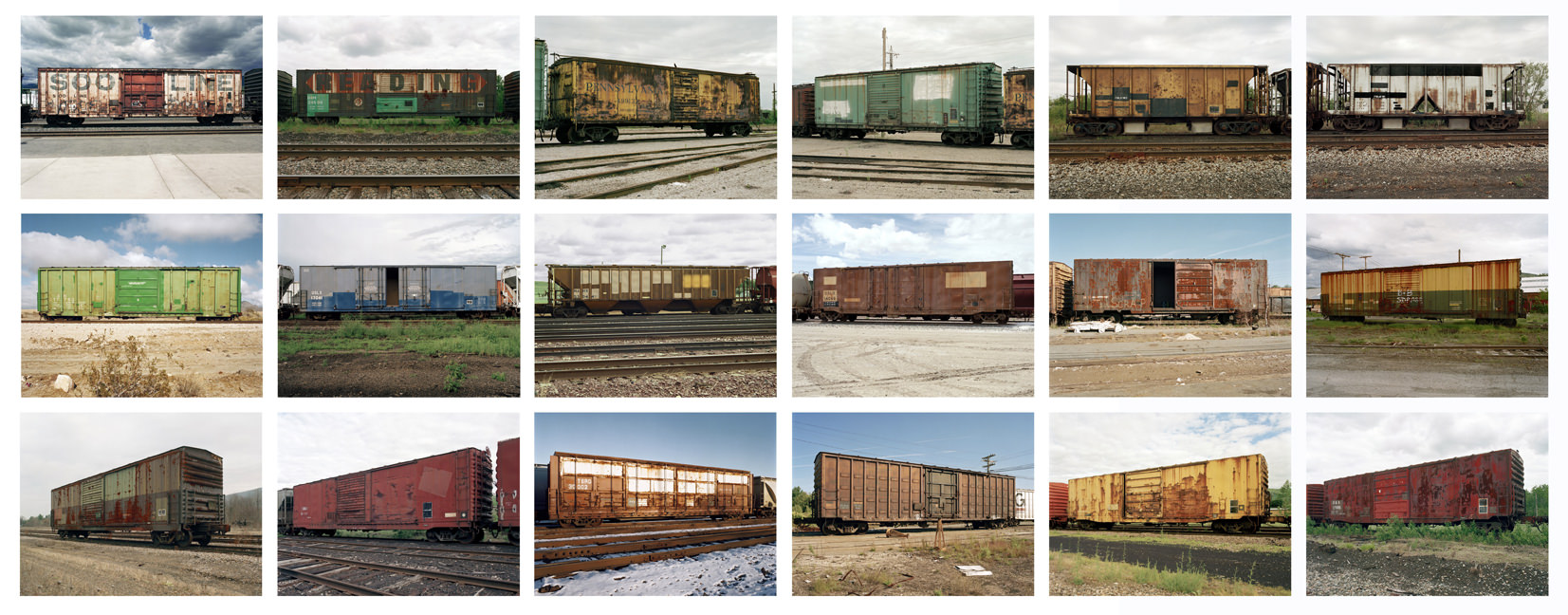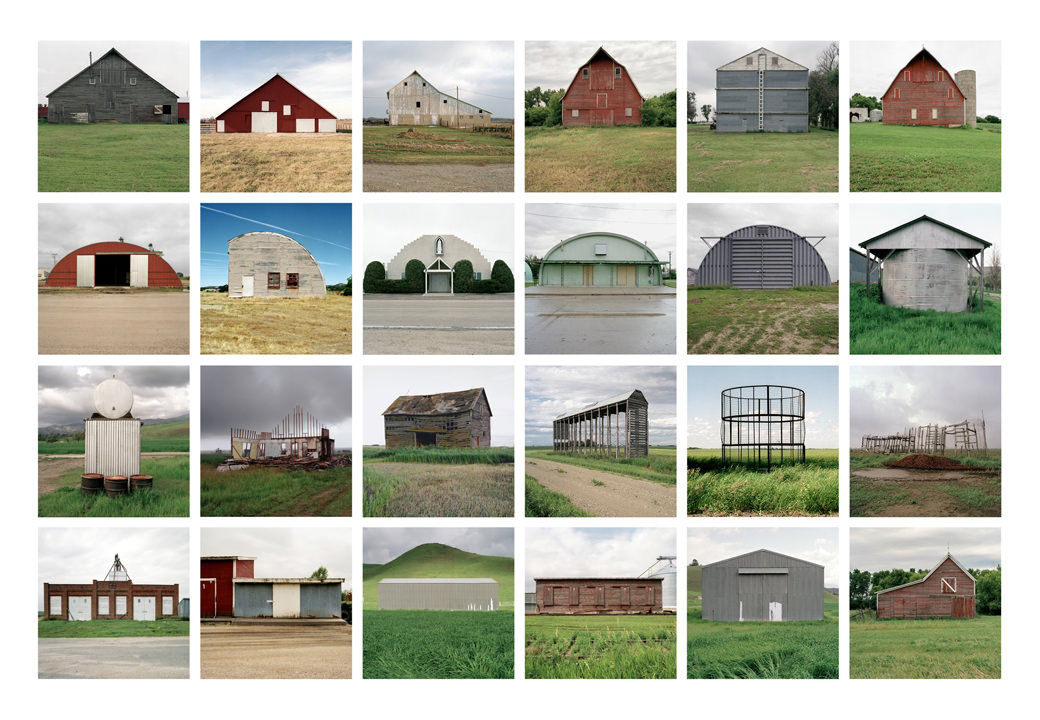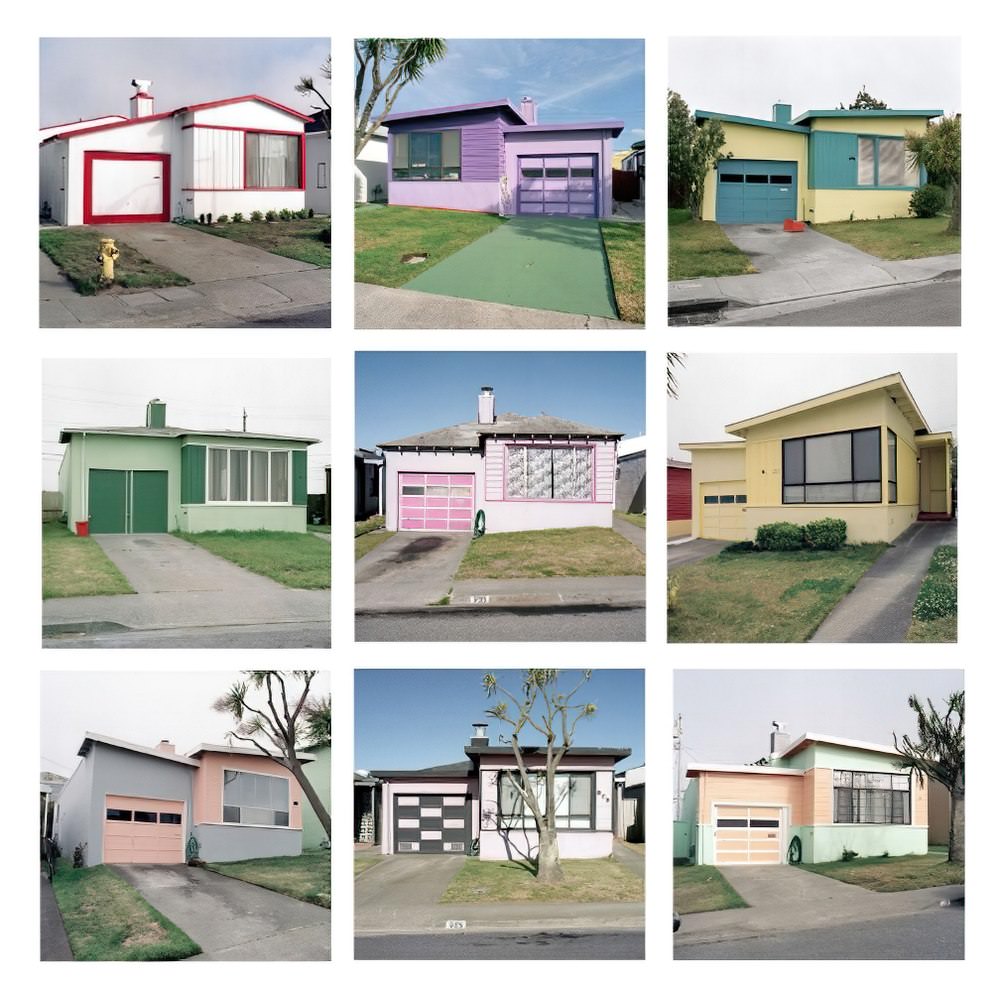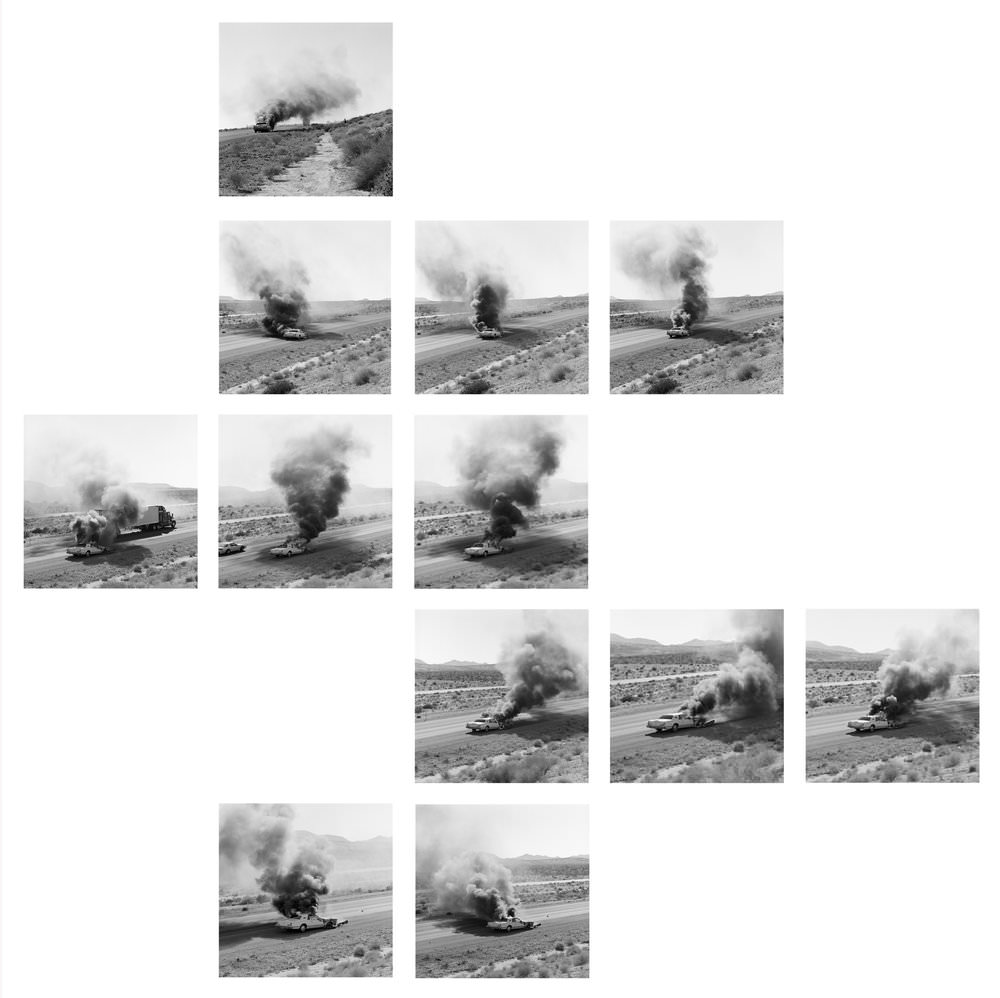Jeff Brouws: Typologies
Robert Mann Gallery is pleased to present Typologies, an online presentation of works by Jeff Brouws featuring three new portfolios by the artist: Railroad Tunnel Exteriors, Railroad Tunnel Interiors, Substations and various earlier works.
Practicing what the artist terms “visual anthropology,” Brouws, over the past thirty years, has persistently pursued a body of work that examines the evolving American landscape through its myriad cultural and industrial artifacts. Taking inspiration from the “anonymous sculpture” studies of Hilla and Bernd Becher, the New Topographics Movement, the deadpan artist books of Ed Ruscha—and with these latest series the topographic surveys of the 19th Century—Brouws has produced visual archives focused mainly on architectural and landscape forms that forge his own photographic territory. Without romanticizing his subject matter, the photographs ask us to consider the historic, economic or social forces that have shaped our built environment—from its initial development to its eventual demise to its rebirth.
Begun in 2019, Brouws’ Railroad Tunnel series, is not only an homage to U.S. Geological Survey photographers Carleton Watkins and A J. Russell (both of whom photographed the construction of the transcontinental railroads), but also reflects the artist’s life-long interest in the railroad landscape and its environs. As railroad networks expanded and then contracted during the 20th century—due to redundancies, mergers, loss of manufacturing, outsourcing and globalization—rail lines across the United States either remained active, became moribund, or were abandoned. Brouws’s photographs reflect these transitional states, with the tunnels acting as physical examples of “history and technology embedded in the landscape.” That history, like the rails themselves, also speaks to the labor of countless workers who toiled to build them, many dug by hand before dynamite and TNT came into common use. To document these often hidden and out-of-the-way earthworks of the Industrial Age, Brouws utilized contemporary mapping technology, researching the locations online and through Google Earth satellite imagery before venturing into the field.
Similarly, but more aligned with the Becher’s “anonymous sculpture” modalities, Brouws has spent the last decade assembling a collection of electrical substation photographs, exploring their varied, yet recognizable structural forms as “readymade” or “found” pieces of unintended industrial sculpture. Anticipating that the rise of wind and solar power will necessitate a reinvention of the grid, these substations will also be rebuilt, torn down or abandoned. As with the tunnels, Brouws uses photography in this capacity as both an aesthetic tool and mechanism for preserving history, recording for posterity the infrastructure that is essential to our everyday life but goes mostly unnoticed.
Over the course of Jeff Brouwsʼ career he has created an encyclopedic visual archive devoted to preserving the artifacts of our heritage. This exploration of subjects has allowed him to create a visual anthology of technological, cultural, and architectural history.
About the Author
Jeff Brouws, born in San Francisco in 1955, is a self-taught artist. Pursuing photography since age 13, where he roamed the railroad and industrial corridors of the South Bay Peninsula, Brouws has compiled a visual survey of America’s evolving rural, urban and suburban cultural landscapes.
Using single photographs as subtle narrative and compiling typologies to index the nation’s character, he revels in the “readymades” found in many of these environments. Influenced by the New Topographic Movement, the artist books of Ed Ruscha (to whom Brouws paid homage with his Twentysix Abandoned Gasoline Stations project in 1992) as well as the writings of cultural geographers like J.B. Jackson, Dolores Hayden and John Stilgoe, Brouws has combined anthropological inquiry and a bleak aesthetic beauty mining the overlooked, the obsolete, the mundane.
Initially engaged with what Walker Evans termed the “historical contemporary” along America’s secondary highways beginning in the late 1980s, over the following twenty years Brouws has extended this inquiry into the everyday places occupied by most Americans – the franchised landscapes of strip malls, homogenized housing tracts and fast food chains.
More recently, he has also instigated an all-encompassing photographic investigation of decimated inner cities: abandoned manufacturing sites, low-income housing, and other commercial ruins – residual public spaces left behind by the effects of de-industrialization, white flight, disinvestment, failed urban policy and overall societal neglect. Throughout these various series, Brouws seeks the nexus points behind the movement of capital and the cycles of construction, decline and renewal within the built environment. For him roads, highways and city streets – vital components of a national infrastructure – are both engines of economic development and symbols of human freedom. By subtle implication, his photographs also evoke the restlessness of an uncertain nation and communicate a low-lying foreboding. They also challenge the mythos of the American Dream and suggest an underlying disparity throughout a country that purports economic equality and social justice for all.
Brouws is the author of seven books including his most recent Approaching Nowhere published by W. W. Norton in 2006. His photographs can be found in major private and public collections including the Whitney Museum of Art, San Francisco Museum of Art, Harvard’s Fogg Museum, Princeton University Art Museum, and the Henry Art Museum.
JEFF BROUWS: TYPOLOGIES
SEPTEMBER 8, 2022 – NOVEMBER 3, 2022
Robert Mann Gallery – New York
More info on:

